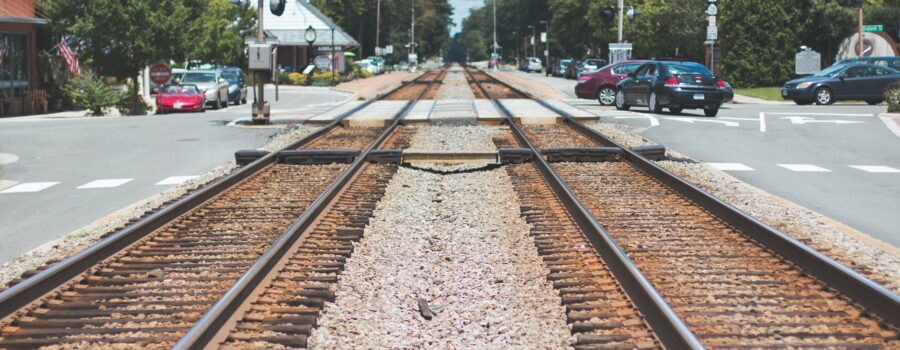Knowing the demographics of your customer base is a crucial first step in business planning.
In part one of this discussion we did a “Freakonomics” type dive into household income and expenses on a nearby Livingston County, NY town. The analysis resulted in uncovering a household “net loss” with regards to annual income, totaling a -$18,263 for the average household! We also found the breakdown of annual household expenditures per category to be quite interesting. With today’s post, we are going to further the larger discussion as we analyze business competition in Livingston County, but this time specifically taking a look at Geneseo, NY.
Getting right into the facts and figures, let’s review the economic environment:
| Demographic Characteristics | Town: | Geneseo | |
| % Estimate (MoE +/-) | % | MoE +/- | Amount |
| Percent under 5 years | 2.6% | 0.9% | 291 |
| Percent under 18 years | 11.0% | 2.0% | 1,231 |
| Percent 18 years and over | 89.0% | 1.9% | 9,957 |
| Percent 21 years and over | 58.6% | 3.6% | 6,556 |
| Percent 65 years and over | 12.6% | 1.9% | 1,410 |
| Total population | 11,188 | 162 |
Assessing the population statistics in the chart above there is a noticeable 30% decrease between the percentage of people 21 and over with those that are 18 and over. SUNY Geneseo resides within the town of Geneseo and as such, the 18-21 year old student population makes up a statistically significant percentage of the total population. Taking a drive down Route 20A this becomes evident with the double digit number of fast food restaurants, a Walmart Supercenter, and the overall “commercialization” of the town. Let’s consider for a moment though the scenario of continued remote learning for SUNY Geneseo, and a statistically significant decrease in total population.
According to the Yellow Pages, there are 565 business listing for Geneseo, NY. When you consider that 9,957 of the population is 18 years or over and are regular participants in the local economy, that means there are approximately 17.5 potential customers per business. With continued remote learning, the majority of SUNY Geneseo students will no longer reside locally. (There would also be a small influx of students who grew up in Geneseo and went elsewhere for college, however, the overall net population effect is expected to be a significant decrease.) For the math we are working with in this example, let’s assume that population decreases by 25% in the 18 years and older category, from 9,957 to 7,468, meaning that the number of potential customers per business drops from 17.5 to approximately 13. Such a population drop adds additional competition and pressure on businesses to drive sales forward.
How do I prepare my business?
With the current COVID environment we are living in, businesses must take a deep introspective look into the “why” of their business. Why do customers choose your business? Is your primary customer in this 18-21 year old population? Do you cater to the discount crowd and cheap eats? If so, this population exodus could potentially be cause for alarm. Taking the time to strategize now though could help save tremendous stress and heartache.
And, CORE Business Analytics is here to help.
No matter your industry or customer demographic, a tremendous change in the local population has the potential to send economic shock waves throughout the entire local environment. Businesses caught unprepared in that wave are exposed to damage from it. But CORE is here to help you shore up strategy and optimize operations so that no matter your business, you can be better prepared for change.







Leave a Reply
Your email is safe with us.
You must be logged in to post a comment.